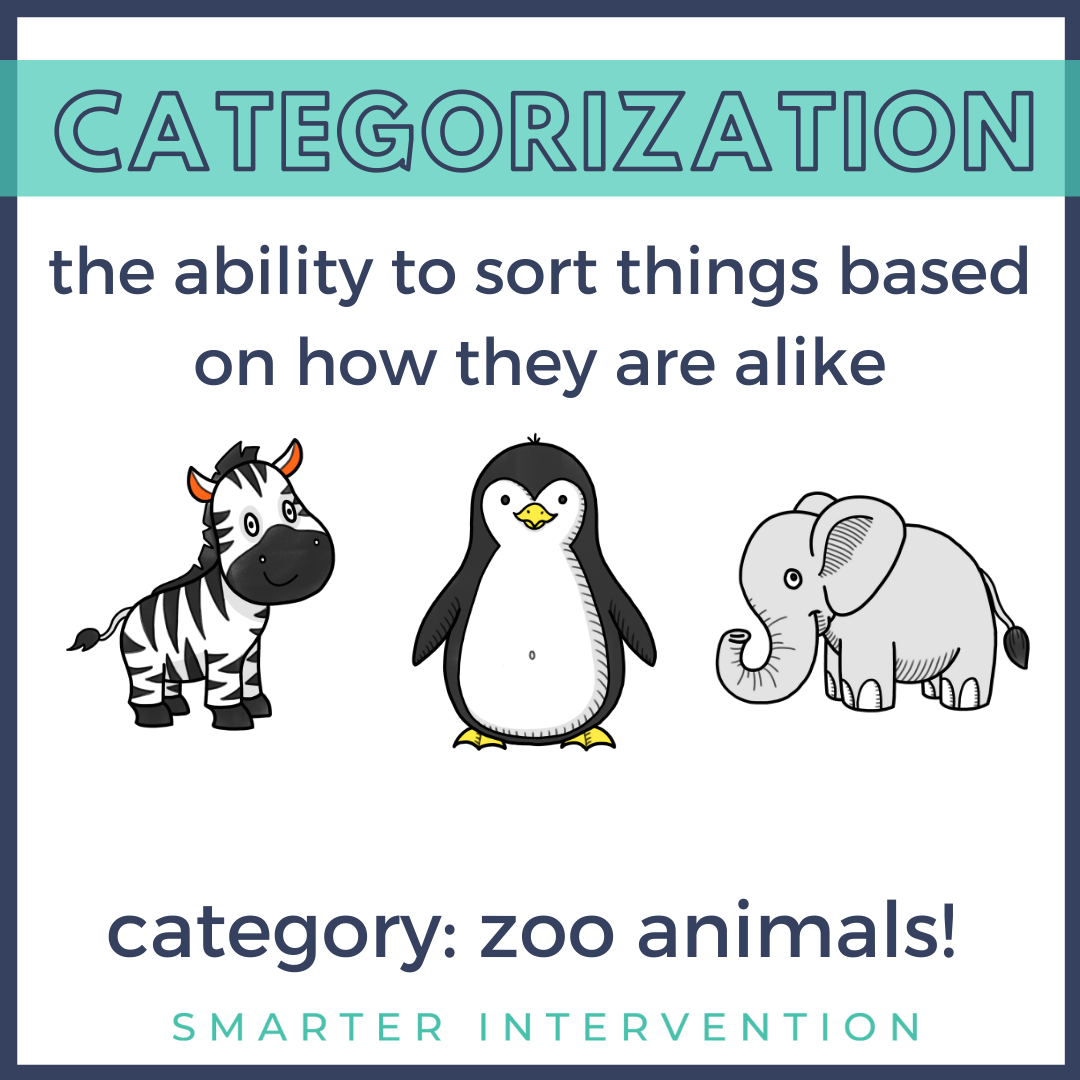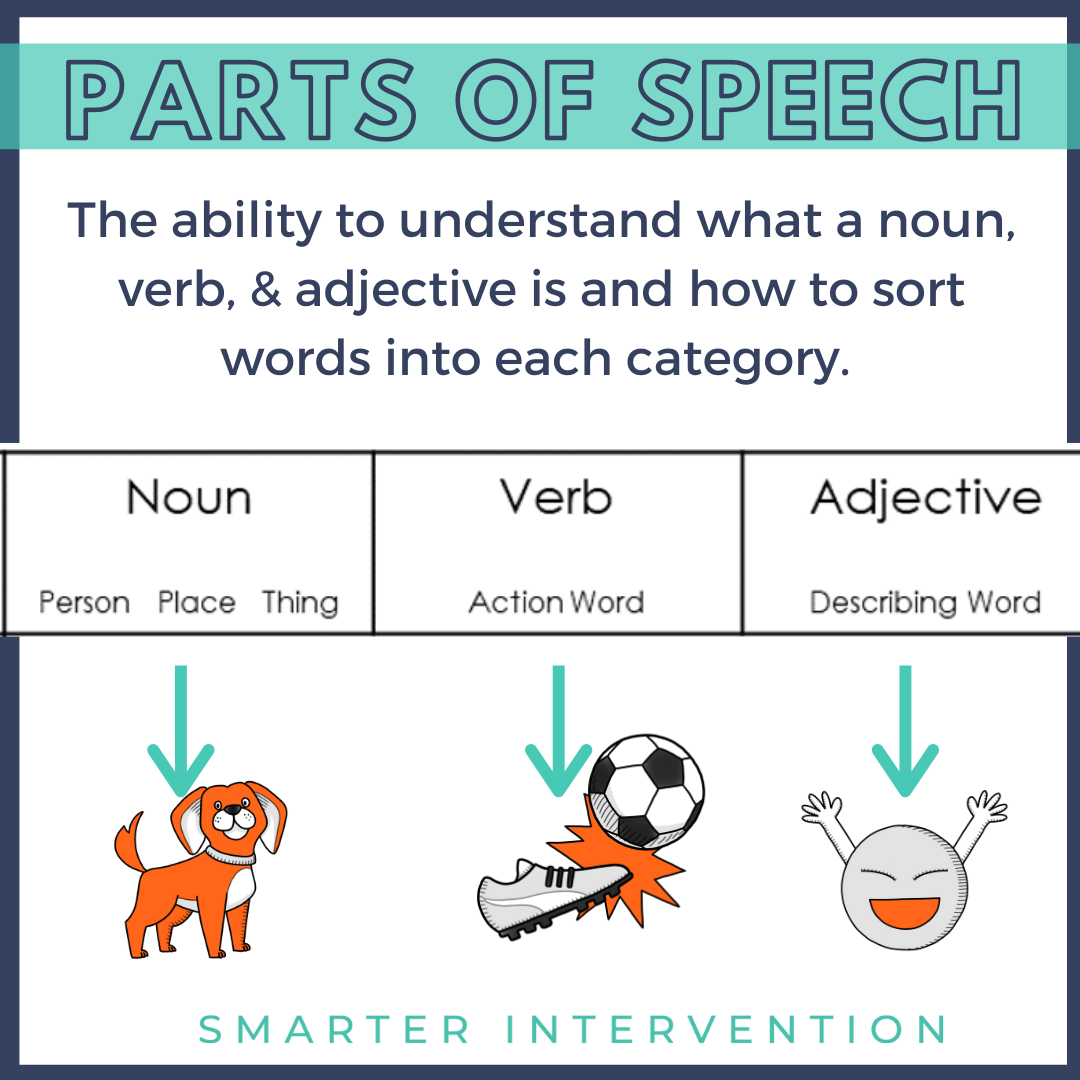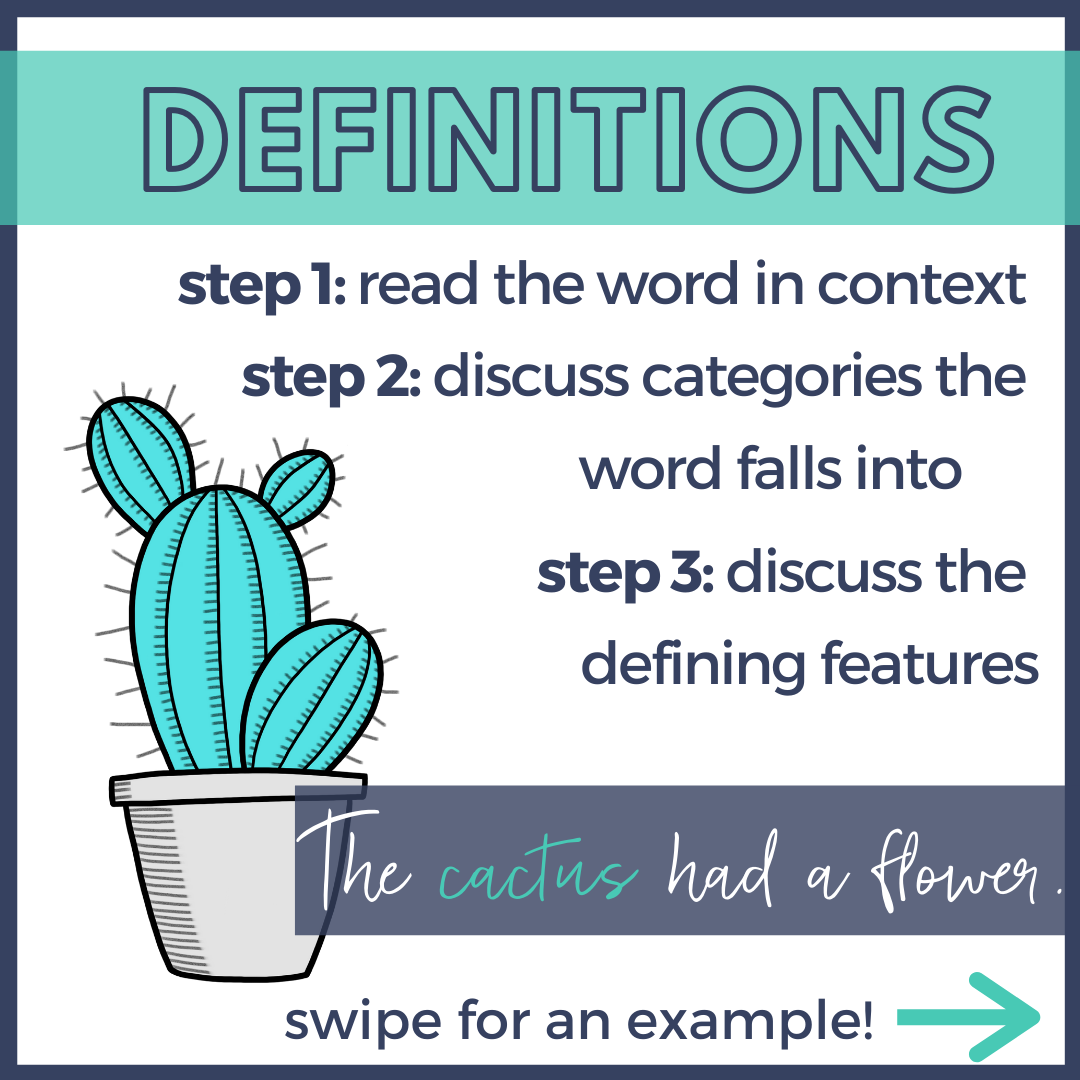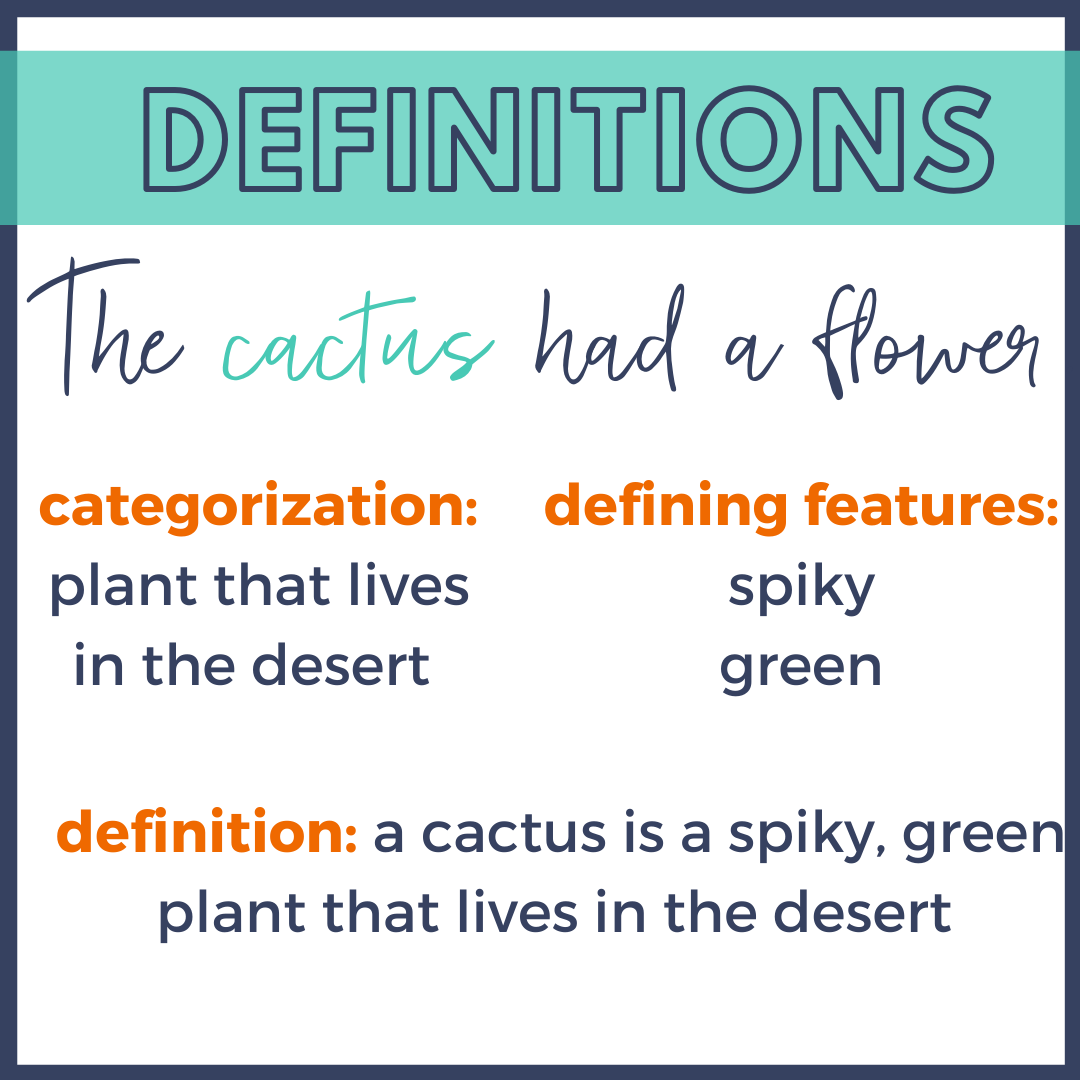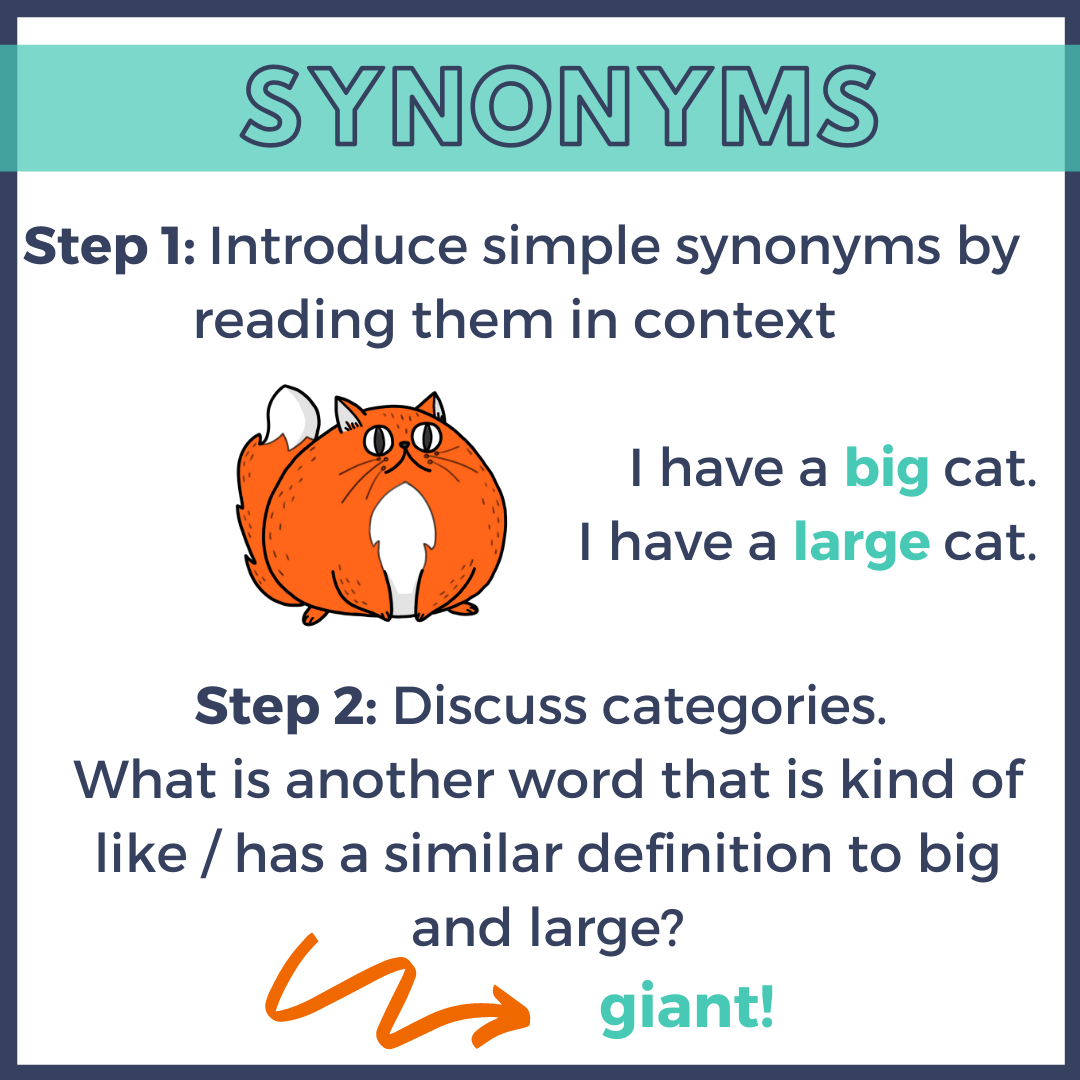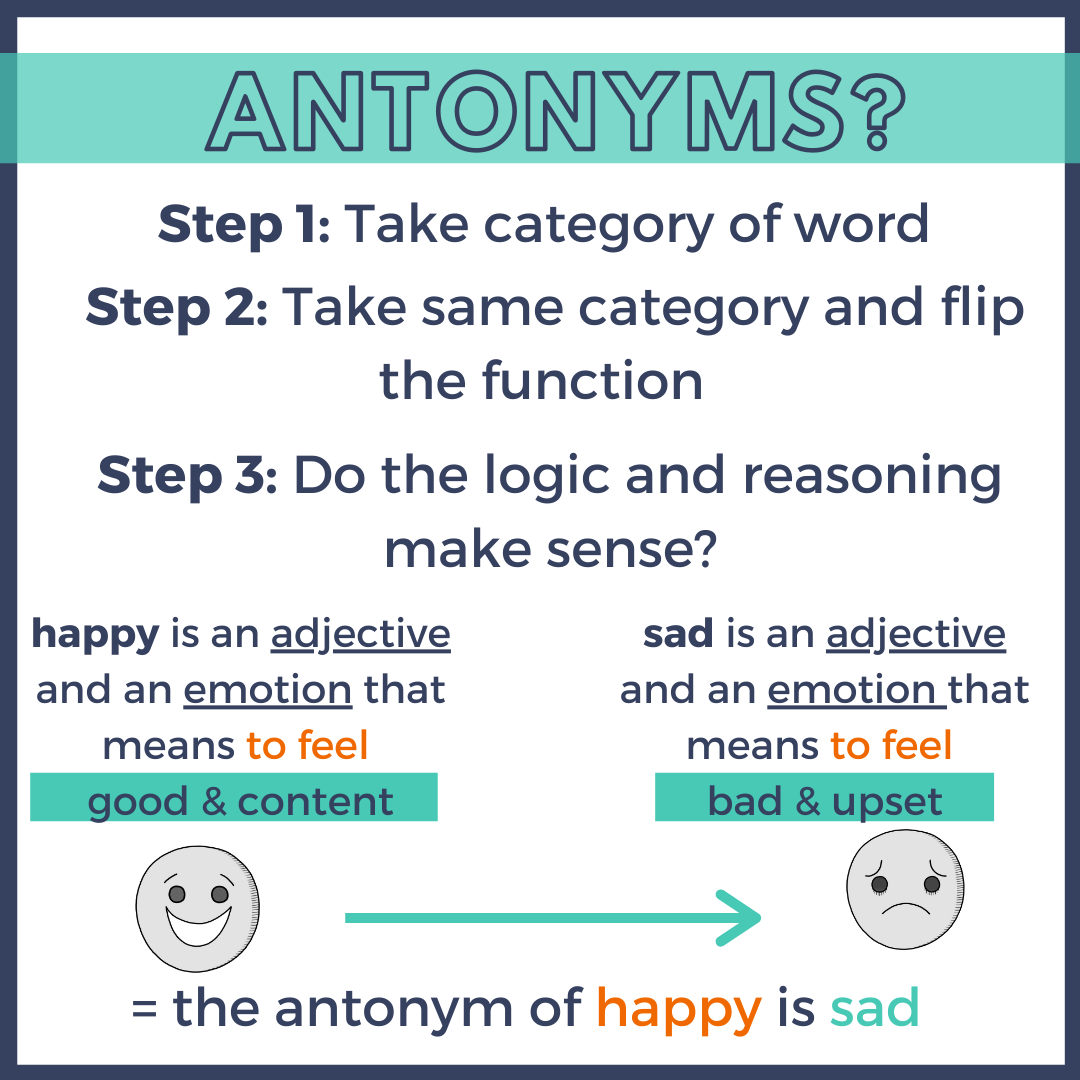How to Teach Vocabulary using a Research-Based Approach
Hi, friend!
Can I be honest for a second?
When I started out in reading intervention - the thought of teaching vocabulary terrified me. Maybe it was because I wasn’t sure how much my students were actually struggling with it, I wasn’t sure how to assess it, I wasn’t sure how much of it fell on me to teach, or maybe it was because I thought it was just morphology, or - maybe it was because I still remember how much I hated memorizing hundreds of definitions & word origins from when I was in school.
Whatever it was - I dreaded vocabulary because it felt overwhelming and the way I was taught when I was a student (find the part of speech, word origin, and definition) never seemed to be helpful - just tedious.
That is until I learned what vocabulary instruction should actually look like and why it is so important. Today - we are going to break that down.
First things first -
What exactly do we mean by vocabulary?
When we think about vocabulary, there are two different sides to it.
Receptive Vocabulary
…refers to what a student can understand. When they hear or read a word (a.k.a - receiving it) what can they comprehend?
Expressive Vocabulary
…on the other hand, refers to the words that a student can produce when speaking or writing.
Why does learning vocabulary matter?
In literacy instruction, we have to recognize the importance of vocabulary. Now - we don’t mean morphology. While morphology can fit under the umbrella of vocabulary, vocabulary instruction is so much more than just morphology.
Vocabulary strengthens a student’s reading and listening comprehension skills, enhances their writing skills, and supports their understanding of information in the classroom and the ability to relay it.
In order to teach vocabulary effectively, we need to use a research-based framework.
There are 7 Steps to a SMARTER Research-Based Instruction Framework (we use the acronym SMARTER to help remember each of the key components!)
1 - Systematic Instruction
Vocabulary instruction should follow a progression and address 5 key pieces.
The progression is the sequence or order in which you teach specific skills. In research-based instruction, skills build on one another and progress from the most basic concepts to the most complex concepts. In vocabulary instruction, this begins with receptive vocabulary and then expressive vocabulary and addresses the following key components.
2 - Multisensory Instruction
Vocabulary instruction CAN be multisensory!
Multisensory instruction is really all about incorporating multiple senses or different sensory pathways to help create stronger neural connections. Because much of language instruction is auditory, we are always looking for ways to incorporate other strategies. One of our favorite ways to incorporate visual instruction is through the use of graphic organizers.
By helping students SEE how to organize the information it begins to create a more clear framework for them to use when they are trying to express knowledge through spoken language. As you’re working through this framework you can even consider adding in hand signals or motions to help students solidify different parts of speech which is a great way to categorize information. Finally, you can tie in an additional auditory (and visual if you’d like) strategy by asking students to identify how many syllables and sounds they hear in the words they are practicing.
3 - Applied Instruction
We need to be showing students how to apply their vocabulary knowledge.
When students tell me that they struggled with a vocabulary test at school, I hear the same story over and over again. It goes something like this…
Student: “I studied! I knew all of the words!”
Me: “How did you study?”
Student: “I made notecards and memorized all of the words”
Me: “Did you use the words in different contexts at all?”
Student: “No…”
Vocabulary shouldn’t just be a rote memorization task. This leads to students memorizing exact words/phrases and not retaining their vocabulary knowledge, not being able to understand the word in different contexts, not being able to use the word correctly, or all of the above.
Notecards with a word and a definition aren’t enough when it comes to vocabulary knowledge. We first must put words into a framework where students are asked to categorize the word, provide the function/purpose/features, a synonym, and an antonym/shade of meaning (more on this to follow in #6 - Explicit). Then, using the word in context can help students understand how to apply the word.
Multiple-meaning words are another great way to help students apply their vocabulary. Have students practice writing & applying their vocabulary by asking them to write a sentence for each meaning of the word. For example, if their word is “sink,” then students should write two sentences. One, using sink as an action where it means “to go down” (i.e. The boat will sink if there is a hole in it.), and one using sink as a noun meaning a faucet and basin where we wash our hands and dishes (i.e. Put the dirty dishes in the sink.).
Another great way to support vocabulary application is to have students read through their passages and highlight any words they are not 100% familiar with. For example, if a student read through a passage that said, “The spider felt that her web was the best art, full of lines and angles,” and the student wasn’t able to define what an “angle” is, our hope is that they are able to recognize that, will highlight the word, and then we can define it together. When students struggle with the metacognitive task of recognizing what they don’t know, it can make the learning process more challenging. Therefore, practice with these tasks is critical to their overall learning development.
4 - Research Behind the Instruction
Research supports explicit teaching of Vocabulary to support reading comprehension.
There is no question about the importance of vocabulary knowledge in the development of reading skills, this research has been documented over the last hundred years. In fact, according to The Report of the National Reading Panel (2000), “as early as 1924 researchers noted that growth in reading power relies on continuous growth in word knowledge.” But the challenge is, that little classroom instruction time is being spent using effective vocabulary development strategies because curricula aren’t designed to support authentic development of vocabulary outside of what we described above.
And it’s sad because unfortunately, according to Pikulski J.J. & Templeton S. (2004), “the effects of the lack of attention to vocabulary instruction, may not manifest themselves in the earliest grades,” meaning that teachers would have no way to know that a student was struggling with vocabulary until it becomes critical that those skills are already in place. Students need to have solid vocabulary in place by the time we transition away from “learning to read” into “reading to learn” in the third grade and “research has shown that many children who read at the third grade level in grade 3 will not automatically become proficient comprehenders in later grades” largely because they don’t have the vocabulary skills to support comprehension.
So all that said, it’s critical that we are using explicit instruction to help students develop vocabulary in the same way we are using explicit phonics instruction to develop decoding.
5 - Targeted Instruction
You target specific vocabulary skills by…
understanding specifically where students have strengths and where the breakdowns are occurring. So if we know, that explicit vocabulary knowledge is no doubt necessary - we need to know where to focus that instruction.
When teaching vocabulary we need to first understand where students are breaking down and second, we need to understand how those difficulties are impacting a student’s receptive and expressive vocabulary. Once we know where the breakdowns are occurring, we can begin to target those specific skills and make sure we are seeing the transfer between the isolated skill and how it relates to vocabulary as a whole.
This particular student does well with categorization (including part of speech), and synonyms, but struggles to provide antonyms or put all of that together to define words in context. Her instruction should target defining words and using them in context much more than listing categories or synonyms.
6 - Explicit Instruction
The biggest hallmark of research-based instruction is that the instruction must be taught explicitly, meaning that we don’t assume students have prior knowledge of foundational concepts just because of their age or reading/writing ability. This includes vocabulary instruction.
We cannot assume that just because a child is in middle school, that they can accurately categorize words, provide synonyms/antonyms, define words, or use words appropriately in context.
Explicit Vocabulary Skills to Support Reading Comprehension
Our vocabulary instruction should explicitly teach each of the following components. By focusing on these areas we build knowledge of multiple-meaning words, shades of meaning, and everything students need to have the foundation to comprehend effectively.
7 - Realistic Instruction
Do what you can with what you have, where you are.
I started today by saying that teaching vocabulary used to terrify me. It felt completely overwhelming. Now - it is one of my favorite parts of my lesson because it can so easily be added to what you are already doing!
Obviously, there is A LOT that goes into research-based instruction for vocabulary, but again, it does not have to be difficult. One of the best things you can do is to start thinking about where you can incorporate these activities into what you’re already doing. For example, if students are practicing reading words you can simply ask them: what is another word that means the same thing? If you have a list of words, ask students to pick one (without telling you which one) and define it for you (with a category, function/purpose/defining features, synonym, and antonym). Tell them their definition needs to be so thorough, that you can guess what their word is. For students who bristle to the thought of vocabulary practice - this is a great way to include it without them even knowing!
If you’re looking for materials to help target vocabulary instruction or other core components of literacy, then you should check out the 5CCL Activity Library. This library has hundreds of materials you can use to supplement any curriculum you might be using and add some fresh content and approaches to your instructions. Click below to learn more!












